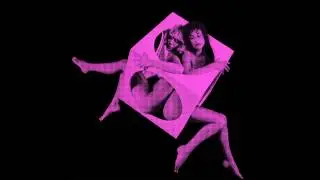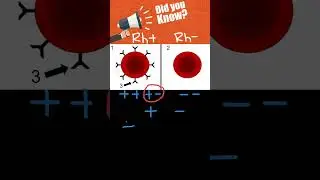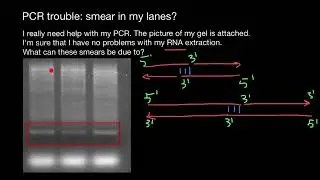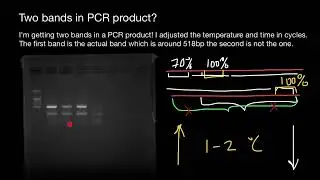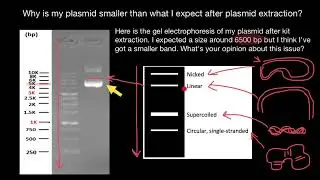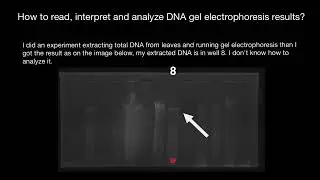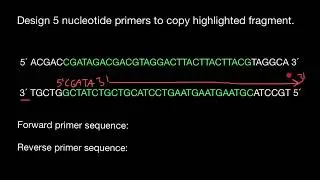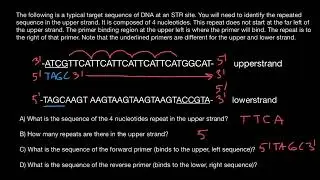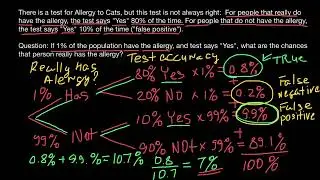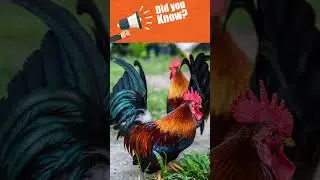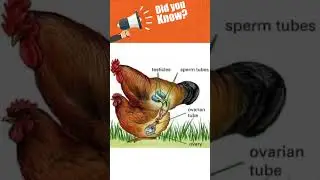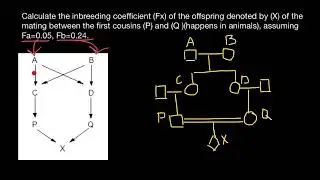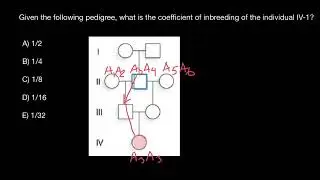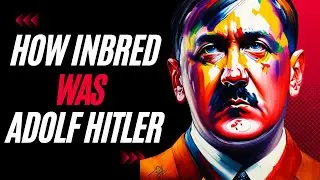What is the difference between paralogus and orthologus genes?
Many people, even those working within the science community, have a difficult time wrapping their heads around the difference between orthologous and paralogous genes. These concepts, however, infer to significant evolutionary relationships between genes and are important to understand. The terms ‘orthologous’ and ‘paralogous’ are used to describe the relationships between genetic sequence divergence and gene products associated with speciation or genetic duplication.
Understanding Homologous Genes
Orthologous and paralogous genes are different types of homologous genes. Homologous genes are two or more genes that descend from a common ancestral deoxyribonucleic acid (DNA) sequence. An example of homologous genes are a bat wing and a bear arm; both retain similar features and are utilized in similar manners. These traits, which were passed down from their last common ancestor, have adaptive pressures that may lead to variations within the gene. The point or event in evolutionary history that accounts for the DNA sequence variation within the gene determines whether the homologous genes are considered ‘ortho’ or ‘para’.
Orthologous Genes
Orthologous genes are homologous genes that diverged after a speciation event. The genes generally maintain a similar function to that of the ancestral gene in which they evolved from. In this type of homologous gene, the ancestral gene and its function is maintained through a speciation event, though variations may arise within the gene after the point in which the species diverged.
Paralogous Genes
Paralogous genes are homologous genes that occur within one species and have diverged after a duplication event. Unlike orthologous genes, a paralogous gene is a new gene that holds a new function. These genes arise during gene duplication where one copy of the gene receives a mutation that gives rise to a new gene with a new function, though the function is often related to the role of the ancestral gene.
Examples of Paralogous and Orthlogous Genes
The genes that produce the hemoglobin and myoglobin proteins are homologous genes that have both orthologous and paralogous relationships. Both humans and dogs hold the genes for both hemoglobin and myglobin proteins, so we can infer that the hemoglobin and myoglobin genes evolved before human’s and dog’s last common ancestor. Myoglobin arose in this ancestral species as a paralogous gene to hemoglobin; myoglobin arose from a mutation in the hemoglobin gene during a duplication event and carries out a new, yet similar, function. Since divergence in human and dog hemoglobin did not occur until after speciation, these genes are orthologous. Human myoglobin and dog hemoglobin, however, are homologous genes that are neither paralogous or orthologous.







